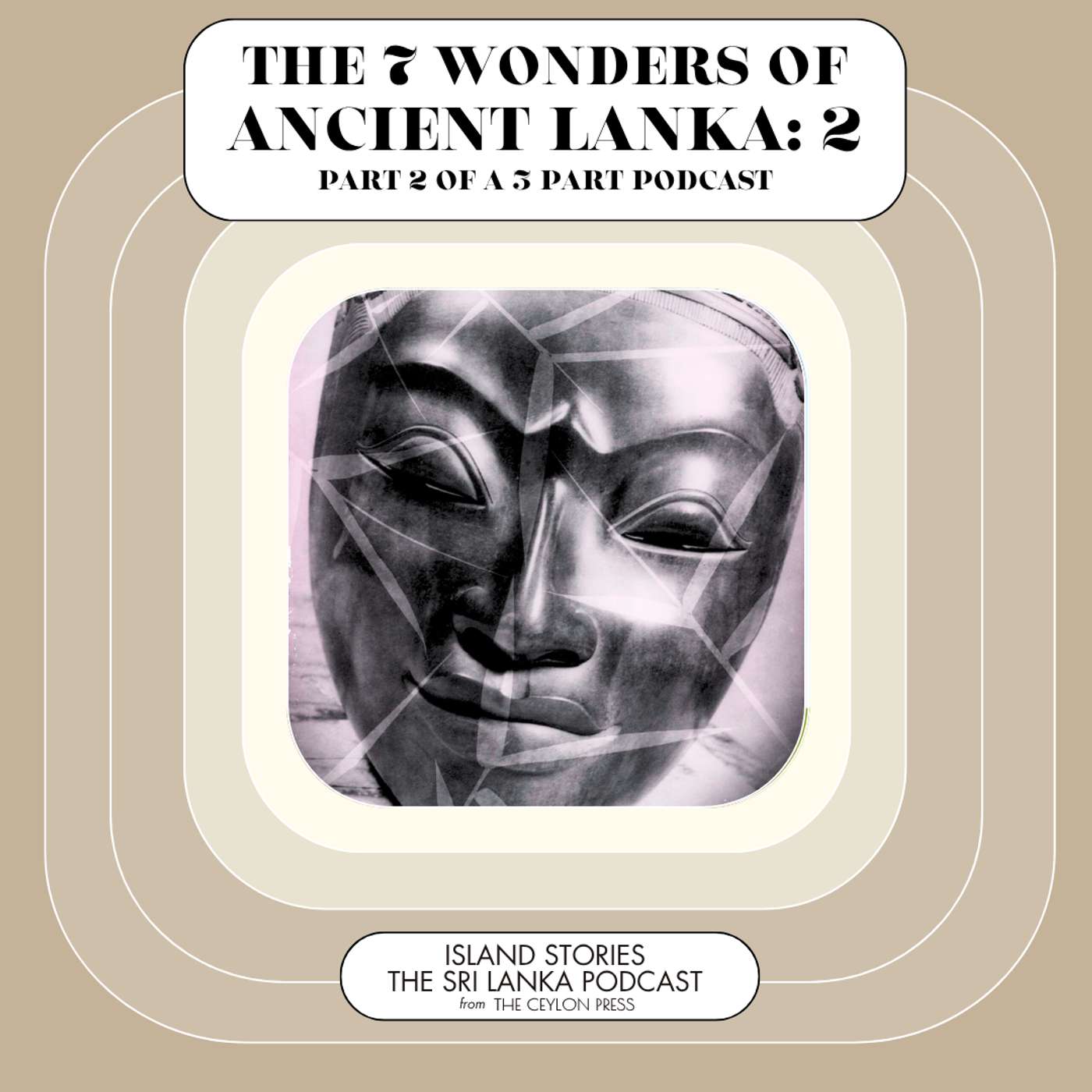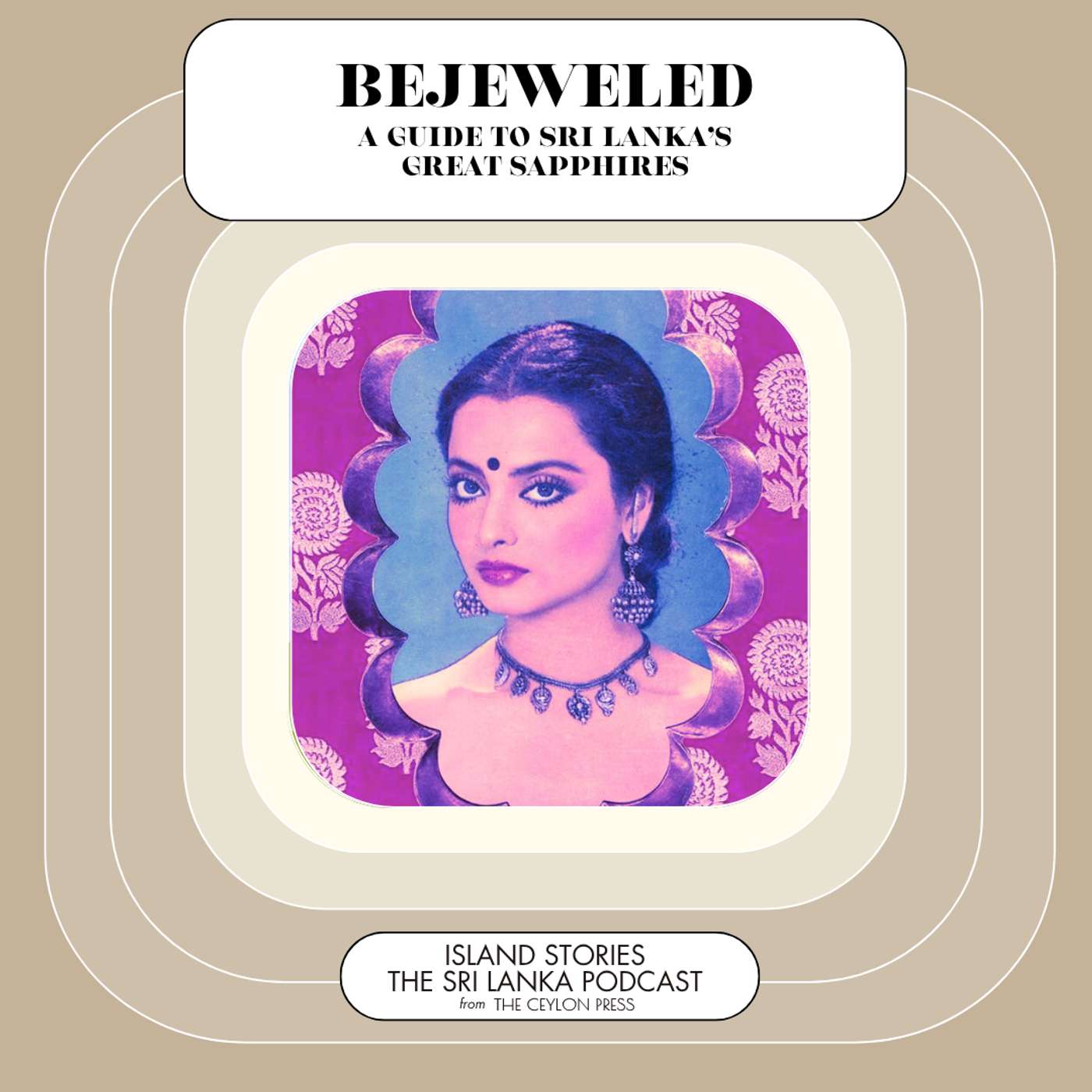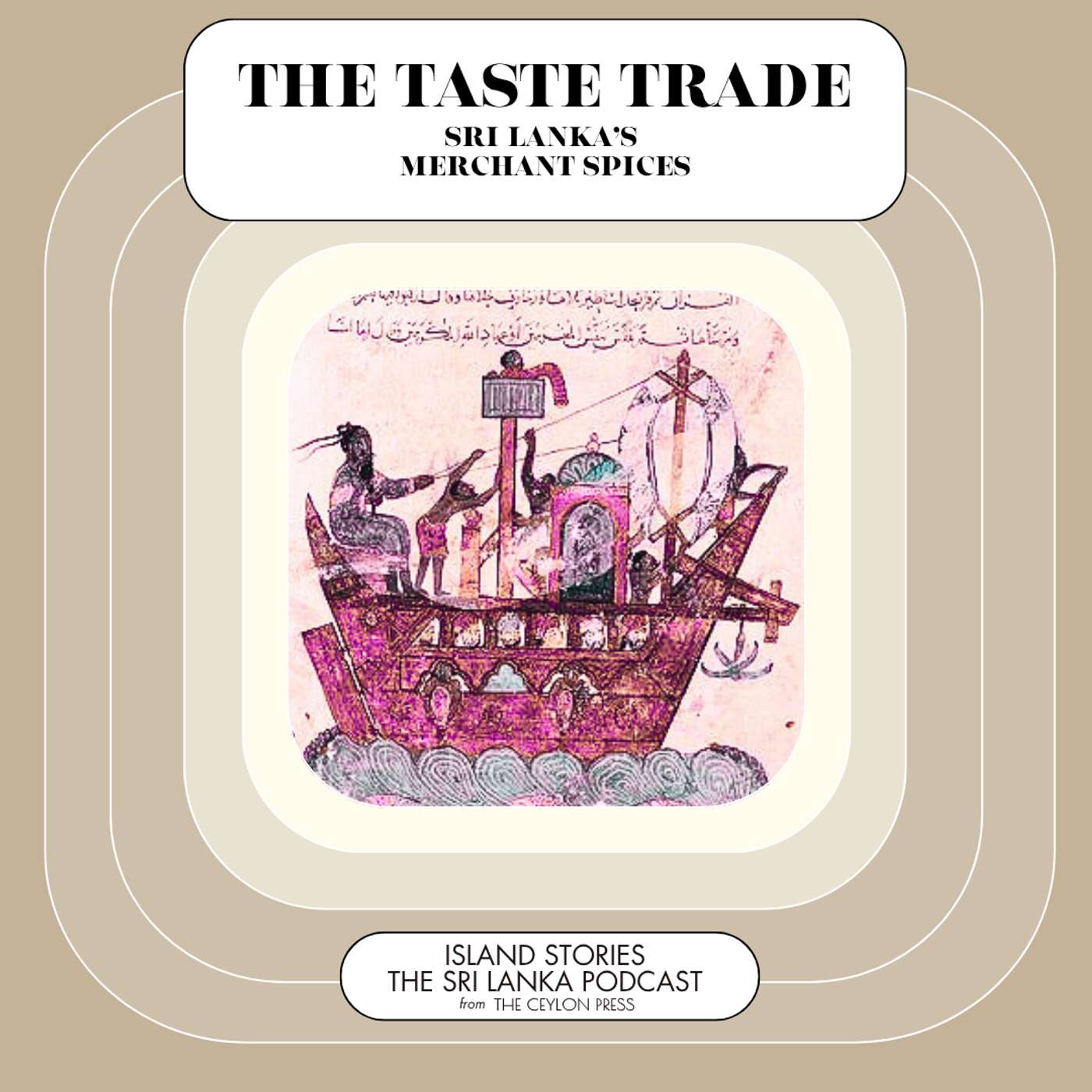Demon Queen: The Quest for Kuveni
Description
The Search for Sri Lanka’s Demon Queen is the subject of this podcast, which unpicks with the very earliest stories and places associated with Sri Lanka’s first steps as a nation; and with two particular people: Kuveni and Vijaya.
The pair were the pin-up lovers of their generation, the Bonnie and Clyde, Tristan and Isolde, Tarzan, and Jane of 543 BCE. Only theirs was a more unorthodox passion - more akin to Dido and Aneas, with the queen immolating herself. Or Medea plunged into full scale murder after a disastrous encounter with Jason and the Golden Fleece.
Vijaya and Kuveni are the Sri Lankan lovers whose names are most unequally recalled on the island today.
Public roads, management consultants, radio celebrities, hospitals; even bags of branded cement: it is hard to find a corner of Sri Lanka that is not branded “Vijaya,” in besotted memory of the country’s founding king and paterfamilias, Prince Vijaya. Much harder, indeed impossible, is to find similarly smitten organisations or people who bear the name “Kuveni,” Prince Vijaya’s first wife.
Coming from a nation fond of boasting the modern world’s first female head of state, Sirimavo Bandaranaike, in 1960, this seems a monumental omission. But delve a little further and it becomes exactingly clear why Kuveni, the lost queen of the isle of rubies, is the queen the country is too alarmed by to properly acknowledge.
For Kuveni was not simply a wife and weaver of cloth, a mother, lover, and queen - but also a demon, a metamorphoser, an outcast, an avenging fury, suicide, traitor, murderess, ghost, and mistress of deception. A descendant of gods, she is also a goddess to the country’s still living aboriginal peoples. For anyone, still less a queen, that’s more than enough baggage to weigh down one’s reputation.
But the baggage need not weigh down your journey for the locations on the island where you are likely to draw close to her are few and scattered. And if taking in important sites, monuments, and attractions at a rate of (say) half a dozen a day; or perhaps just one and half a day, is an important measure of how successful a holiday or tour goes, then it would be best to abandon the search for Kuvani immediately.
For she is not, thankfully, made to measure for orthodox sightseeing. The obvious eludes her. Mercifully, she is no credible candidate for Instagram. She is more like a Slender Loris or Serendib Scops Owl, rare, almost nocturnal, secretive, whose sightings are best made for the journey, not the destination.
Yet, in following her wreathlike footsteps, which are still, from time to time, just about discernible in certain parts of the island, one puts together a travel schedule like no other; unique, eccentric, authentic. It will take you into the secret heart of the country itself, past, present, future; and give the muscles of your personal imagination an opportunity to demonstrate their value.
Much of what we know about Kuveni and her husband, Vijaya, comes from two of three incomparable, paternalistic and subjective ancient chronicles (Dipavaṃsa Mahavamsa, and Culavamsa) written from the third century CE onwards.
Laying a shadowy trail of events and people through what would otherwise be a historical vacuum, they riotously mix up man, God and magic with morality, history, and myth.
Historians naturally debate their factual accuracy, in which the doings of men and kings take a poor second place to that of monks and Lord Buddha, but this is to miss the point.
No country, after all, is simply the sum total of its facts.
It is also – and much more importantly - fattened up, like old style Fois gras, on all that its people believe too. And that is why the sorrowful and violent tale of Prince Vijaya, and his demon queen, so shockingly illuminates an island that, as Romesh Gunesekera put it, “everyone loves at some level inside themselves. A very special island that travellers, from Sinbad to Marco Polo, dreamed about. A place where the contours of the land itself form a kind of sinewy poetry.”
“In Sri Lanka,” notes another writer, Michael Ondaatje, “a well-told lie is worth a thousand facts;” and, in the tale of Vijaya and Kuveni, the polar opposite of what is believed, is the more likely truth. Viyaja, whose alter ego may well have most recently emerged on The Dick Van Dyke Show, was doubtless ever one to say “That ain't no lady. That's my wife.” For monster though Kuveni seems to be, one hardly needs the helpful filter of modern feminism to realise that she was in fact an iconic victim of men; and most heartening of all, a victim who bit back with unrestrained fury.
Had a man behaved like her, it would have generated awe-stuck changing room chatter, eager to understand, sympathise with, even emulate. But not a woman. Kuveni was to confound and challenge all ancient ideas of womanhood; and go on challenging them to this day.
Keep this in mind as you set out to first encounter Viyaja, recreating a moment that happened well over two thousand five hundred years ago. The path, though gossamer thin, still sustains a few sites, frail as spider’s web.
The first of these is some 180 kilometres from Colombo. A gentle curving cape juts out from a mountain range in the Wilpattu National Park and into the northern entrance to the Puttalam Lagoon. If you were a ship approaching it from the Laccadive Sea you would slide towards it as if it were a lighthouse pointing your tiny, tired vessel into the vast, safe, shallow waters of the lagoon. This is Kudiramalai, said to have been the original site of Tambapanni, the ancient kingdom and port founded by Prince Vijaya.
Given all that was to come, this unremarkable shore enjoys a myth of mocking irony. A warrior queen, Alli Rani, and her Amazonian army, were said to have lived here exploiting and exporting its pearls until a great flood buried her palace under the waves and turned the enclosed lake into a lagoon.
And this is what Prince Vijaya found, pulling his boats onto a beach of reddish-brown sand – “Tamba” meaning Copper; or as it was soon and later known: Tambapanni. It was the perfect spot for a settlement, commanding access to a great natural harbour opening into the Gulf of Mannar and an almost inexhaustible supply of pearl oysters.
For centuries it was a key strategic port for island arrivals, even later welcoming Annius Placamus, one of the Roman Emperor Claudius’ tax collectors. Pliny refers to the place, naming it as the “Hipporus” harbour with a related town on a nearby hill - presumably Kudiramalai Mountain, patrolled, and still patrolled by white-bellied sea eagles.
“Horse Mountain,” is another alternative name for Kudiramalai and for centuries, amidst the ruins of an ancient temple, the ruins of a massive horse and man statue stood on the cliffs. Made of brick, stone, and coral, it is estimated to have been at least 35 feet high, its front legs raised, its rider clinging to reins, bearing a lantern to guide ships into the port.
Locals still point to some modest ruins, all that remains, they say of the horse and rider. And continually, raked by high waves and surf, broken bricks, pottery, and building materials, wash up on the shore, the priceless debris perhaps of the island’s first kingdom.
This, then, is all that rema...
























